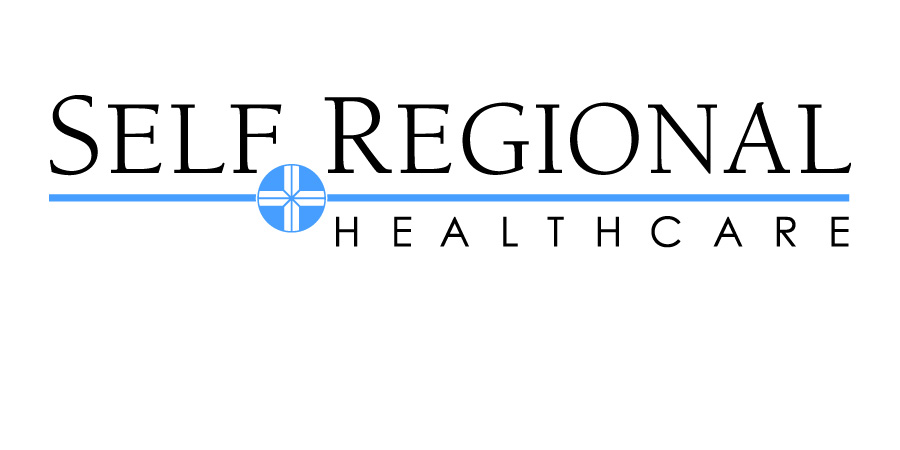Information
-
Conducted on
-
Prepared by
-
Service: MD:
-
Document No.
-
Location
-
Staff Interviewed Name(s)/ Title:
-
MR# of charts reviewed:
DOCUMENTATION (PRE-OP PROVIDER)
RECORD OF CARE
-
Verbal orders are co-signed by the end of the next calender day
H&P
-
H&P completed no more than 30 days before or 24 hours after patient admission
H&P UPDATE NOTE
-
H&P update note by JHH provider within 24 hours after admission and before surgery
PROCEDURAL INFORMED CONSENT
-
Procedure informed consent completed, signed, witnessed, dated and timed before any procedure
-
Procedural informed consent clearly documents the risks and benefits of the alternatives to the surgery?
TIME-OUT FOR BEDSIDE PROCEDURE(S)
-
Time is documented<br> Correct patient identity<br> Correct site<br> Procedure to be done
PRE-ANESTHESIA ASSESSMENT
-
Pre-anesthesia assessment documentation contains the following elements completed prior to the induction of anesthesia or moderate/deep sedation:<br> Heart<br> Lung<br> Airway<br> ASA classificaton<br> Review of lmedical history, including anesthesia, drug and allergy history<br> Plan for anesthesia care
ANESTHESIA INFORMED CONSENT
-
Anesthesia informed consent completed, signed, witnessed, dated and timed before procedure(s)
POST-ANESTHESIA EVAL
-
Is post-anesthesia evaluation documentation present within 48 hours of the procedure?
-
Required elements are documented no more than 48 hours post-procedure:<br> Respiratory function (respiratory rate, airway patency, oxygen saturation)<br> Cardiovascular function (pulse rate and blood pressure)<br> Mental status<br> Temperature<br> Pain<br> Nausea and vomiting<br> Postoperative hydration
IMMEDIATE POST-OP NOTE/ BRIEF OP NOTE
-
Is the immediate post-op note/ brief op note present immediatlely afer procedure and before transfer to PACU or sending unit?
-
Required elements documeted immediately after procedure and before transfer to PACU or sending unit:<br> Surgeon and assistant names<br> Procedure performed<br> Description of findings<br> Post-op diagnosis<br> Estimated blood loss<br> Specimens removed
DETAILED POST-OP NOTE
-
Is the detailed op-note present and finalized wihtin 7 days of post-procedure?
-
Required elements documented within 7 days post-procedure<br> All elements specified from immediate post-op note PLUS:<br> Detailed description of procedure<br> Clinical stage of tumor as appropriate
RESTRAINTS
RESTRAINT ORDERS: VIOLENT
-
Violent/Self-Destructive patient orders every:<br> 4 hours for adults > 18 yrs<br> 2 hours for children 9-17 yrs<br> 1 hour for children < 9 yrs
-
Violent/Self Destructive Patient Evalutation<br> In-person face-to-face evaluation within 1 hour of initiation of restraints/seclusion and 24 hours thereafter<br> Evaluation of patient's immediate situation<br> Patient's reaction to the intervention<br> Patient's medical and behavioral condition<br> Need to continue or terminate restraint/seclusiion
RESTRAINT ORDERS: NON-VIOLENT
-
Non-Violent Patient Orders: Initiation order obtained within 24 hours
-
Non-Violent Patient Order: Recurring order obtained by the end of each calender day
DOCUMENTATION
-
Nursing documentation reflects appropriate documentation: <br> Non-Violent- Q2 hours<br> Violent/ Self Destructive- Q 15 minutes
NURSING (NON-PROCEDURAL) DOCUMENTATION
PLAN OF CARE
-
Nursing Plane of Care documented and updated per patient's diagnosis and current condition (review 3 days of documentation, starting on day two of admission).
-
Progress Toward Outcome Note documented daily
-
Evidence of interdisciplinary care documented in chart
ADMISSION SCREEN
-
Admission Screening Note completed in POE within 24 hours of admisssion
MED REC
-
Home Medication List completed in POE within 24 hours
FALL PROTOCOL
-
Fall risk assessment done q day (review 72 hours of charting)
-
Appropriate communication that the patient is on Fall Precautions (flag at bedside for moderate/high risk)
PATIENT EDUCATION
-
Patient education appropriate to patient's condition is documented in POE
PAIN ASSESMENT
-
Routine pain assessment: Staff performs assessment based on pain scale used and last score. *Minimum of every 12 hours*
-
PCA pain medication: Staff performs assessments oa minimum of every 4 hours when on a stable dose, and q2 x2 after a dose change or bolus
-
PRN dose of pain medication: Assessment documented prior to administration of prn medications.
-
PRN dose of pain medication: Reassessment documented within 4 hours post prn medication administration
ADVANCE DIRECTIVES (AD)
-
AD form is completed (Responsibility of Registration Staff- paper)
-
Nurse Admisssion Screening Note indicates AD status
-
No discrepancies between AD Notification Form and Nurse Admisssion Screening
-
If patient has AD, copy of AD is chart or patient completed Patient Wishes Form.
MEDICATION OREDERS
-
Medications ordered as titrate have orders for:<br> Initial starting rate<br> Parameters for titration
-
If PRN medications are ordered for the same indication (e.g., nausea or pain medications) there are clear instructions on which drug would be used first
VAD CHECKLIST
-
If patient had a central line inserted, Is there a completed Central Line Checklist (paper form) in th Medical Record?
OBSERVATION/INTERVIEW
PATIENT ID
-
No work-a-rounds for barcode devices is evident
REDUCE RISK OF INFECTIONS
-
Staff can verbalize how they know unit equpment is clean and ready o use
-
Staff can verbalize appropriate contact times for low level cleaning and disinfection<br> Routine<br> Isolation
-
Is isolation status documented on Treatment and Cares flowsheet in POE?
MEDICAL EQUIPMENT
-
Glucometer supplies are dated with open and expiration dates
MEDICATION SAFETY (Bedside Procedures/ Storage)
-
Insulin pens are labeld with patient name. Staff can verbalize single patient use only for insulin pens due to risk of blood borne pathogen exposure.
-
Med carts/rooms are locked, no unsecured medicaions found on unit (check pneumatic tube areas, emergency drug boxes, crash carts, patient care rooms for insulin pens, anesthesia carts if no staff in the room)
-
Multi-dose vials are labeled with 28 day expiration date and initials
-
No Multi-dose vials present in patient care areas
OTHER
-
Emergency Equipment checklist has daily documentation for all days open
-
Only current months checklist available out on the unit (older forms should be stored in office so available upon request)
-
Eye wash logs present and completed weekly
-
Patient Food and drink appropriately labeled and not expired
-
Stored oxygen is separated into full (green rack) and empty( red rack) storage
-
Laryngoscope blades are stored appropriately








